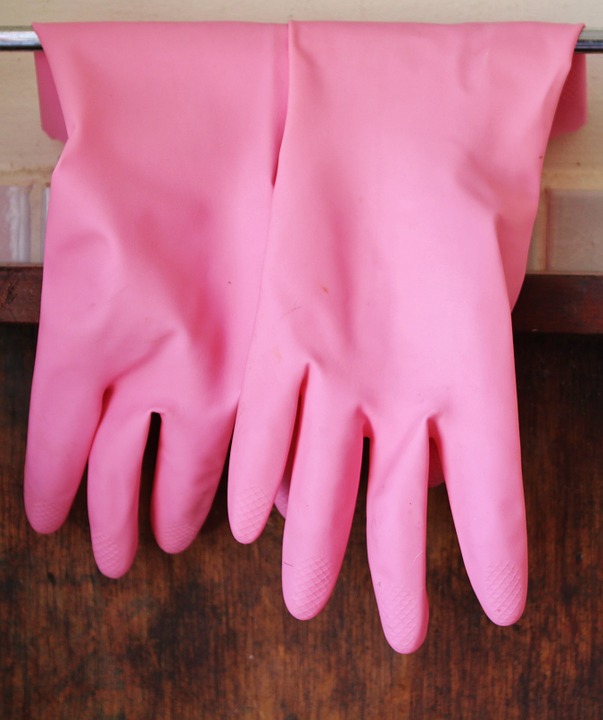A latex allergy may not sound like a big deal, but it can really complicate life—particularly if your allergy is severe. You could easily steer clear of the obvious triggers, including rubber gloves and rubber bands, but what about foods touched by workers wearing latex gloves or products made by equipment containing latex?

(Pixabay / Counselling)
According to the American Latex Allergy Association, latex allergies affect about 3 million people. Fortunately, most of those allergies are mild, resulting in a skin rash when people make contact with products containing a significant amount of natural rubber latex. But latex allergies can result in life-threatening reactions that accelerate people’s heart rate, send them into shock, and close off their airways.
If you think you or someone you know is allergic to latex, here are some important things to understand about the allergy.
Q: What causes latex allergy?
Latex allergy occurs when the immune system overreacts to proteins found in natural rubber latex. The immune system should simply ignore these proteins, but it misconstrues them as harmful invaders, similar to germs or bacteria. It then reacts by releasing chemicals into the body to fight the “invaders” off. Those chemicals wreak havoc on tissues and systems within the body, leading to allergic reactions.
Q: What symptoms are associated with latex allergy?
Latex allergy can cause hives, swelling, hay fever, headache, itchy eyes, stomach cramps, a sore throat, and wheezing. Rarely, shock and death can occur.
Q: Why does latex allergy develop?
In most cases, the allergy is triggered by prolonged exposure to latex. That explains why 8 to 17 percent of healthcare workers, many of whom wear latex gloves day in and day out, are affected by latex allergy, as compared to less than 1 percent of the general population. It also explains why latex allergies spiked in the 1990s when regulations were passed requiring workers in health-related professions to wear rubber gloves. People who have repeated surgeries are also at increased risk for latex allergy. For example, nearly 70 percent of children with spina bifida (a congenital spine defect requiring frequent surgeries) have a latex allergy.
Q: What items is latex found in?
A: Latex is most commonly found in latex gloves and balloons, but it can also be found in condoms, diaphragms, pacifiers and baby bottle nipples, catheters, orthodontic elastics, stethoscope tubing, and blood pressure cuffs.
Q: How can you avoid latex products?
A: Consult product labeling to know if a product contains latex, but use caution here. Many products now claim to be “latex free,” but the FDA contends that there is no test that can prove that a product contains no natural rubber latex proteins. The FDA is pushing for new labeling that says that a product was “not made with natural rubber latex” but does not go so far as to make the difficult-to-establish claim that a product is truly free of all latex proteins. Read labels carefully and proceed with caution, even if product packaging states that something is latex-free.
Q: Is it just a coincidence that I’m also allergic to certain fruits and vegetables?
A: Not necessarily. A number of proteins found in fruits, veggies, and nuts closely resemble the proteins of natural rubber latex. These include avocados, chestnuts, kiwis, bananas, melons, apples, carrots, tomatoes, potatoes, and more.
Q: Can my doctor test me for latex allergy?
A: Talk to your doctor about your concerns. They can order an allergy test kit to assess your sensitivity to latex. Your doctor may perform a blood test, skin test, or both.
Q: Can I get treatment for my latex allergy?
A: If you have a latex allergy, the best thing to do is to avoid products that contain latex. If you have severe reactions to latex, always carry injectable epinephrine with you just in case you become exposed to latex. If you have a mild but bothersome reaction to latex, talk to your doctor about prescribing medications like antihistamines to relieve your symptoms.


